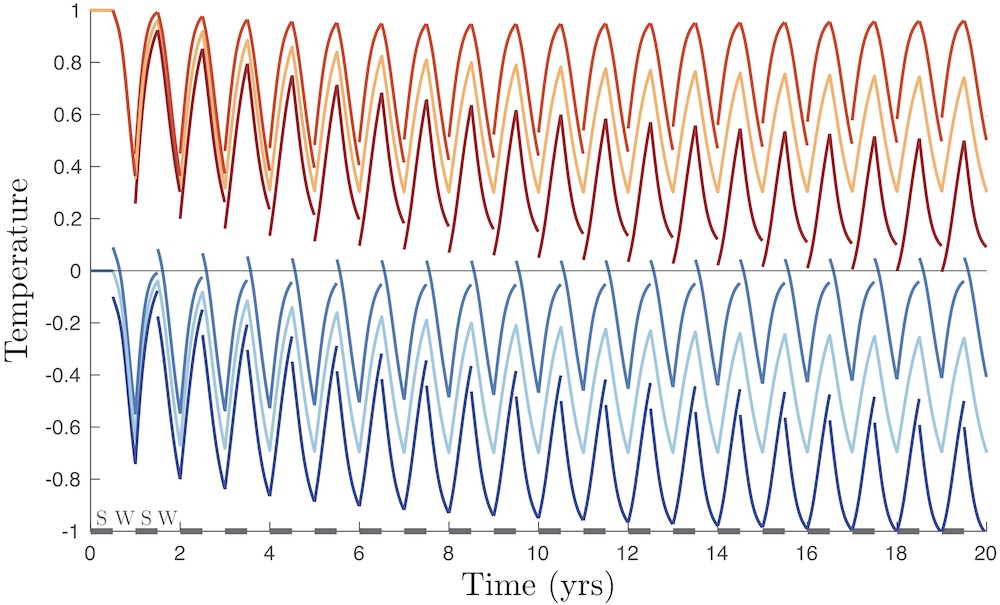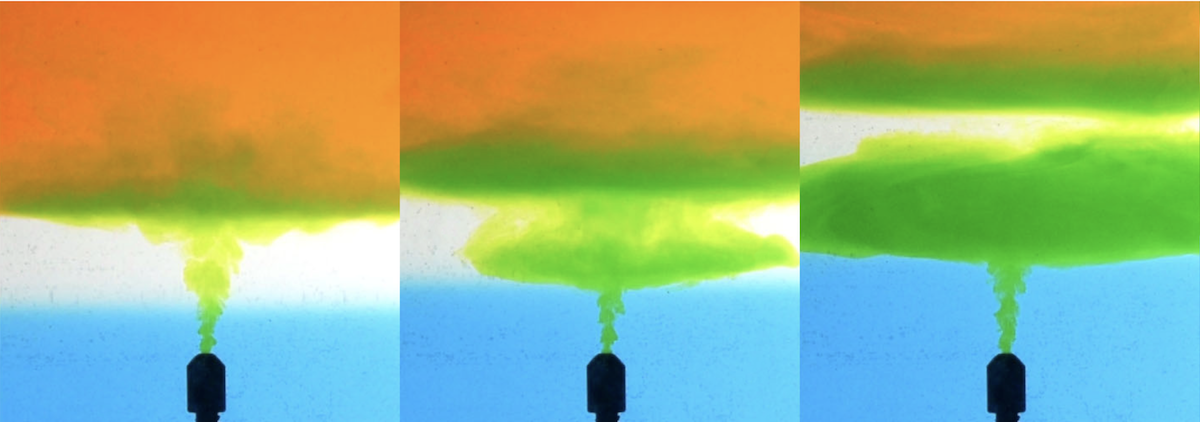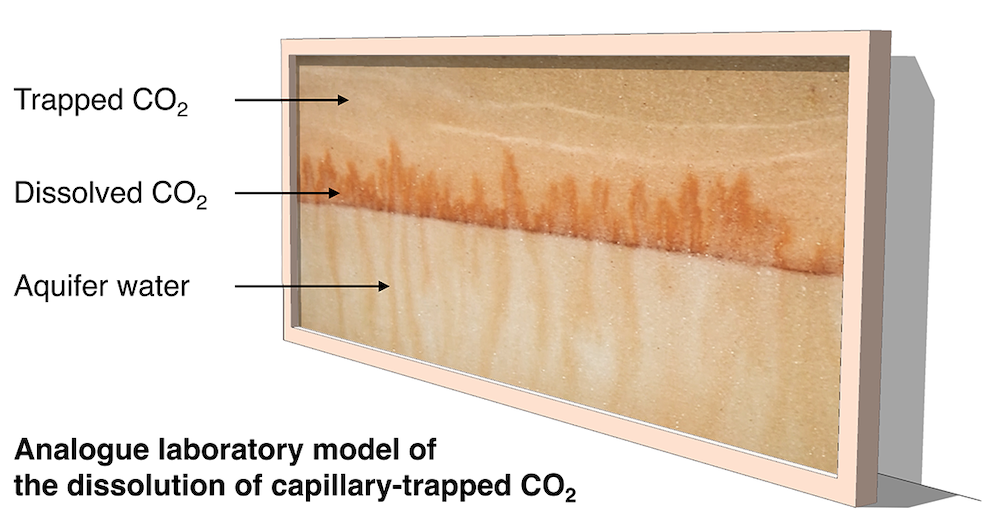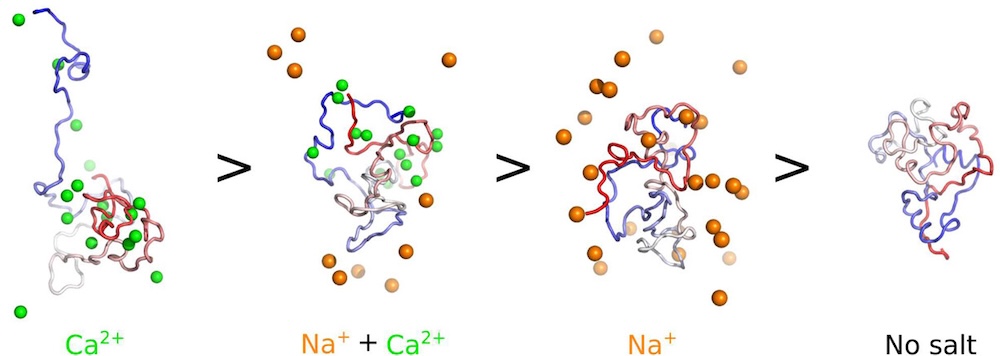On the thermal drift of an ATES system subject to different heating and cooling loads
Aquifer thermal energy storage systems can provide a heat source in the winter by extracting warm water from a subsurface reservoir. The extracted fluid cools as it passes through a heat exchanger and is then injected into a colder aquifer. The cold fluid can provide a source of cooling in the summer, absorbing heat rejected









